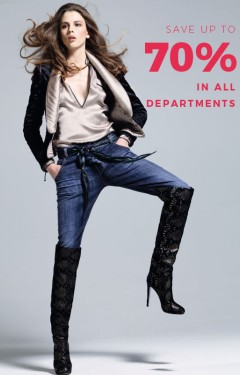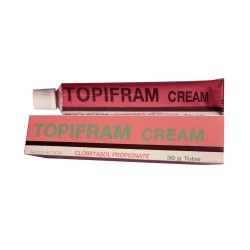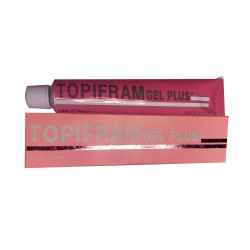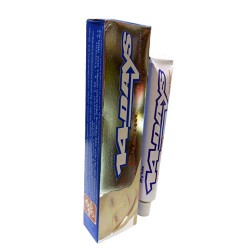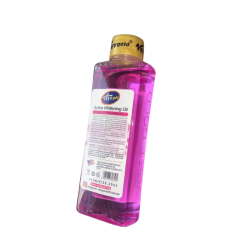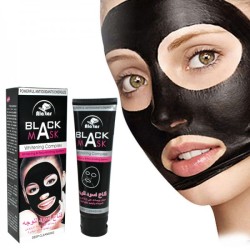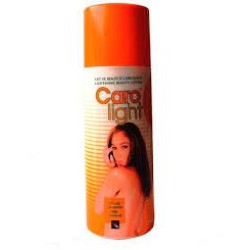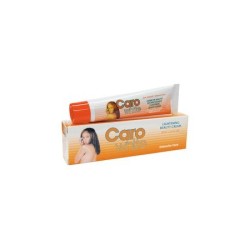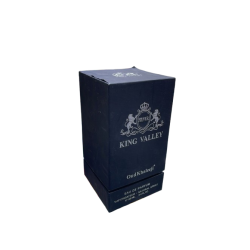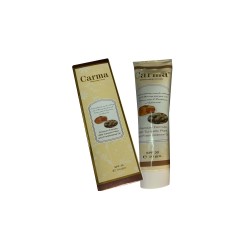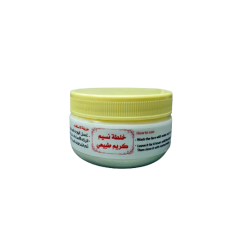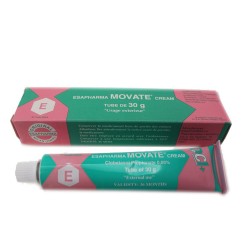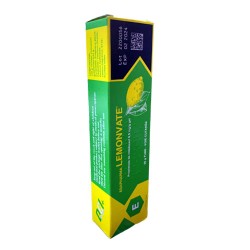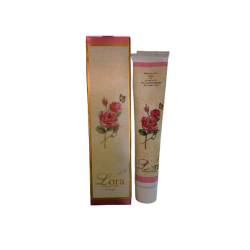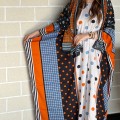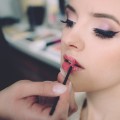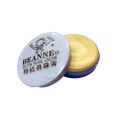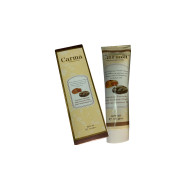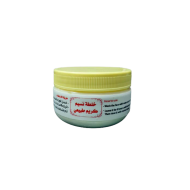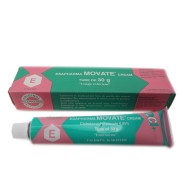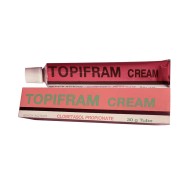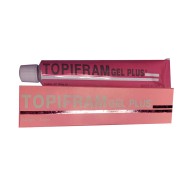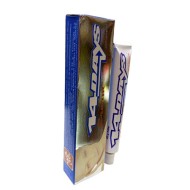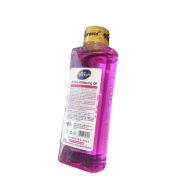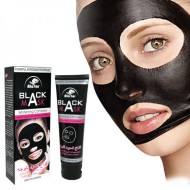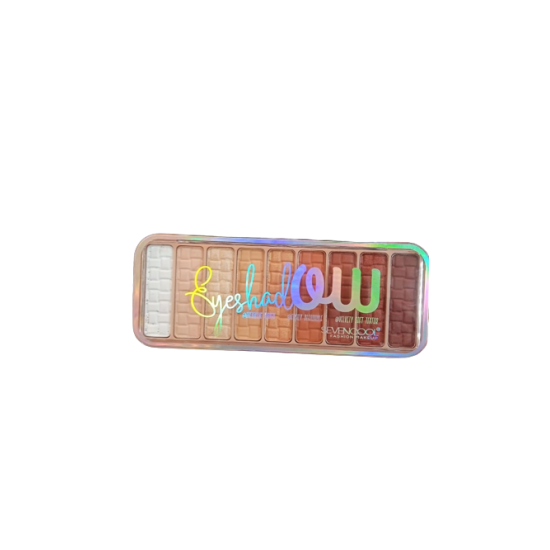
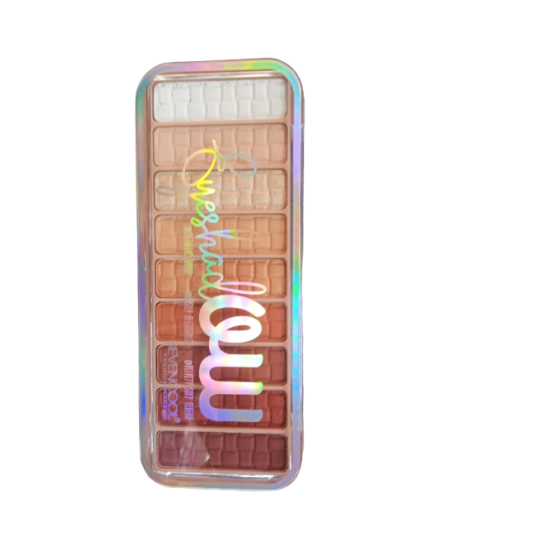


Eyeshadow is a cosmetic product designed to enhance and add color to the eyelids. It comes in various shades, finishes, and formulations, allowing for endless possibilities in creating different eye makeup looks. Here's a general description of eyeshadow:
1. Packaging: Eyeshadow is typically sold in individual pans or as part of a palette. Palettes often contain multiple eyeshadow shades grouped together thematically, allowing for easy color coordination and creating various eye makeup looks. The packaging can vary from compact cases made of plastic or metal to more elaborate designs with mirrors and applicators.
2. Shades: Eyeshadows are available in a wide range of colors, from neutrals like beige, brown, and gray to vibrant hues like blue, green, purple, and more. The color selection allows you to create different effects, complement your eye color, and coordinate with your overall makeup look.
3. Finishes: Eyeshadows come in different finishes, which determine the texture and the final appearance on the eyelids. Common finishes include:
- Matte: These eyeshadows have a flat, non-shimmering finish. They create a soft, velvety effect and are ideal for creating depth and defining the crease.
- Shimmer: Shimmer eyeshadows contain fine particles that reflect light, giving the eyes a luminous or metallic effect. They add a touch of sparkle and can be used to highlight the inner corners of the eyes or create a glamorous look.
- Satin: Satin eyeshadows have a subtle sheen that falls between matte and shimmer finishes. They provide a soft, smooth appearance on the eyelids without being overly reflective.
- Metallic: Metallic eyeshadows have a high-shine, foil-like finish. They offer intense pigmentation and a reflective, almost wet look, adding drama and impact to eye makeup.
- Glitter: Glitter eyeshadows are infused with larger, more noticeable glitter particles. They provide a bold, sparkling effect and are often used for special occasions or when creating eye-catching looks.
4. Formulation: Eyeshadows are available in various formulations, including powders, creams, gels, and liquids. Powder eyeshadows are the most common and come in pressed or loose forms. They are usually applied with an eyeshadow brush or sponge applicator. Cream and gel eyeshadows have a creamy consistency and can be applied with fingers or a brush for a more intense color payoff. Liquid eyeshadows often come in tubes or pen-like applicators and are typically used for precise application or as an eyeliner.
5. Application: Eyeshadows can be applied in multiple ways to create different effects. Generally, you start with a neutral base color to even out the eyelid. Then, you can use darker shades to define the crease and outer corner, and lighter shades to highlight the inner corner and brow bone. Techniques like blending, layering, and smudging can be used to achieve seamless transitions and desired intensity.
6. Longevity and Blendability: Eyeshadows vary in terms of longevity and blendability. Some formulas are long-wearing and resistant to creasing, while others may require a primer or setting spray for better staying power. The blendability refers to how easily the eyeshadows can be blended together for a smooth, seamless finish.
Remember, specific eyeshadows may have unique features, such as specific ingredient formulations, additional benefits like being cruelty-free or vegan, or specialized effects like matte to shimmer transformation. Always refer to the product description or instructions provided by the manufacturer for detailed information on a particular eyeshadow product.

